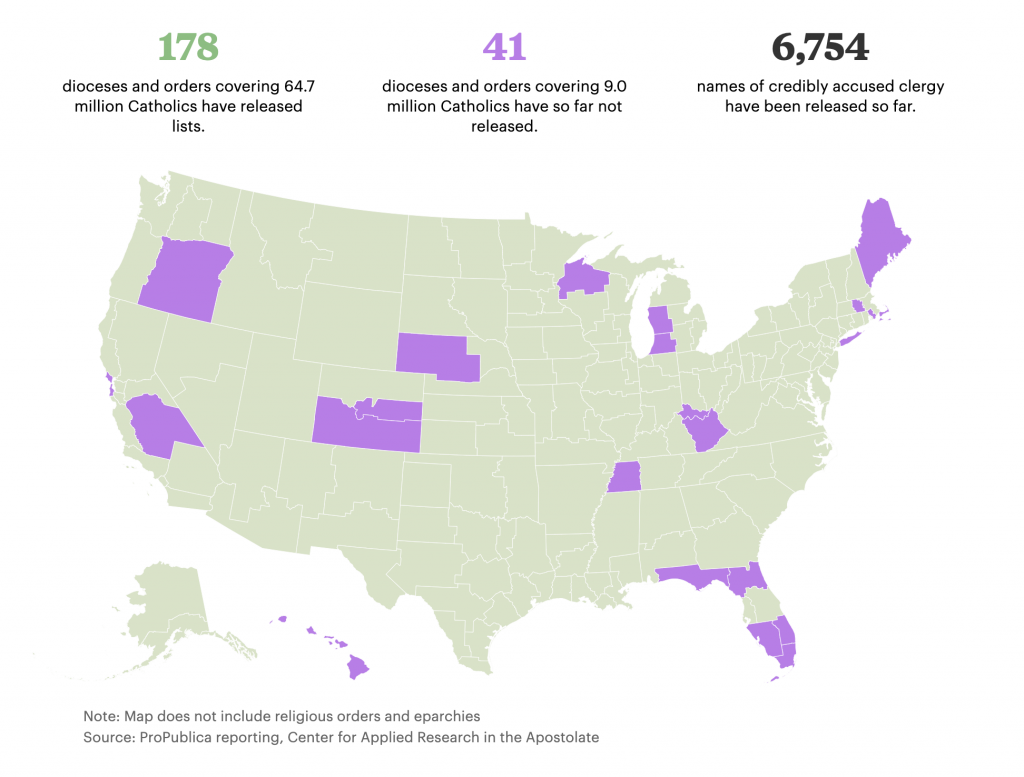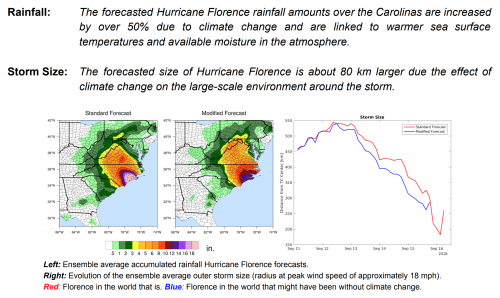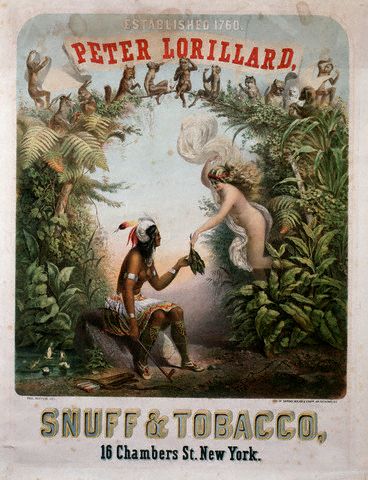More than ever, people desire to buy more clothes. Pushed by advertising, we look for novelty and variety, amassing personal wardrobes unimaginable in times past. With the advent of fast fashion, brands like H&M and ZARA are able to provide low prices by cutting costs where consumers can’t see—textile workers are maltreated, and our environment suffers.
In this film, I wanted to play with the idea of fast fashion advertising and turn it on its head. I edited two different H&M look books to show what really goes into the garments they advertise and the fast fashion industry as a whole. I made this film for my Introduction to Sociology class after being inspired by a reading we did earlier in the semester.
Robert Reich’s (2007) book, Supercapitalism, discusses how we have “two minds,” one as a consumer/investor and another as a citizen. He explains that as a consumer, we want to spend as little money as possible while finding the best deals—shopping at stores like H&M. On the other hand, our “citizen mind” wants workers to be treated fairly and our environment to be protected. This film highlights fast fashion as an example of Reich’s premise of the conflict between our two minds—a conflict that is all too prevalent in our modern world with giant brands like Walmart and Amazon taking over consumer markets. I hope that by thinking about the fast fashion industry with a sociological mindset, we can see past the bargain prices and address what really goes on behind the scenes.
Graham Nielsen is a Swedish student studying an interdisciplinary concentration titled “Theory and Practice: Digital Media and Society” at Hamilton college. He’s interested in advertising, marketing, video editing, fashion, as well as film and television culture and video editing.
Read More:
Links to the original look books: Men Women
Kant, R. (2012) “Textile dyeing industry an environmental hazard.” Natural Science, 4, 22-26. doi: 10.4236/ns.2012.41004.
Annamma J., J. F. Sherry Jr, A. Venkatesh, J. Wang & R. Chan (2012) “Fast Fashion, Sustainability, and the Ethical Appeal of Luxury Brands.” Fashion Theory, 16:3, 273-295, DOI: 10.2752/175174112X13340749707123
Aspers, P., and F. Godart (2013) “Sociology of Fashion: Order and Change.” Annual Review of Sociology 39:1, 171-192







